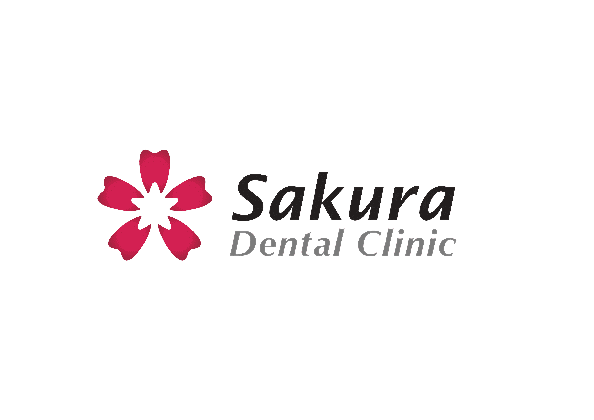
Contents
1. What’s Metal Inlay/Onlay?
Damaged or decayed teeth are repaired with inlays and onlays. Metal inlay and onlay are popular restorative dentistry treatments due to their durability and strength. These restorations are usually made of gold or platinum, but other materials can be used.
Onlays are used when tooth damage extends beyond the cusp tips, while inlays are used when damage is limited to the cusps. Based on your tooth damage, your dentist will recommend the best option.
2. What are Metal Inlay/Onlay benefits?
2.1. Durability
One of the most significant benefits of metal onlay/inlays is their durability. Metal inlays/onlays last decades longer than composite resins or ceramics. They are an excellent long-term oral health investment due to their durability.
2.2. Precision
Metal onlay/inlay are made to fit your tooth cavity or damage exactly. This precision makes the restoration blend seamlessly with your natural tooth structure for a better fit and function.
2.3. Reducing tooth sensitivity
Many patients report less tooth sensitivity after having a metal onlay/inlay than other restorations. Metals, especially gold, have a similar thermal expansion rate to natural tooth structures, reducing tooth sensitivity to hot and cold foods and drinks.
2.4. Gold-colored metal inlays/onlays
The gold-colored metal inlays/onlays may not match your natural teeth like composite or ceramic restorations, but they look good. Gold adds elegance and uniqueness to back tooth restorations.
2.5. Biocompatibility
Metal inlay/onlay made of high-grade metals are biocompatible, reducing the risk of allergic reactions and other side effects. This makes them safer for patients with dental material sensitivities.

Amalgam-filling

Gold inlay-onlay (gold filling)
3. How is metal overlay done?
3.1. First, diagnose and plan treatment
Any dental procedure begins with diagnosis and treatment planning. Our dentist will check your teeth, gums, and jaw. The dentist may recommend a metal Inlay/Onlay for damaged or decayed teeth. The metal (gold, silver, or other alloys) depends on your preference, tooth location, and budget.
3.2. Teeth Preparation
After deciding on a treatment, our dentist will prepare the tooth. A dental drill removes decayed or damaged tooth parts. The dentist will shape the tooth to fit the inlay or onlay. Depending on the damage, this procedure may require local anesthesia for your comfort.
3.3. Make an impression
Our dentist will make an impression of the tooth and surrounding area after preparing it. Your tooth model is made from this impression and sent to a dental lab. Technicians make a tooth-fitting metal onlay/inlay using the model.
3.4. Temporary Repair
Our dentist will temporarily restore your tooth to prevent further damage while the permanent metal onlay/inlay is made. The acrylic resin temporary restoration is removed when the permanent restoration is ready.
3.5. Cementing Metal Inlay/Onlay
After receiving it from the lab, our dentist will check the metal onlay and inlay for fit and color. The dentist will permanently cement the inlay/onlay if everything is okay. Special cement bonds the metal to the tooth for a secure fit.
3.6. Finishing and Adjustments
Our dentist will polish the metal Inlay/Onlay to perfection after cementation. The dentist may also make minor adjustments to make your bite natural and comfortable. Care instructions for your new restoration will follow.
Read More: What are Dental Fillings?
4. What are the most common Metal Inlay/Onlay questions?
4.1. How long do metal inlays/onlays last?
The material, patient oral hygiene, and restoration location affect the lifespan of a metal onlay/inlay. Metal inlays/onlays can last decades with proper care.
4.2. Is a metal Inlay/Onlay visible?
Metal onlay and inlay, usually gold or other precious metals, is visible when you smile or open your mouth. Due to their location, inlays and onlays are less noticeable than crowns or bridges.
4.3. Does metal Inlay/Onlay have risks?
Metal Inlay or Onlay has risks like any dental procedure. Infection, tooth damage, and metal allergies are possible. Although rare, your dentist will take all necessary precautions to minimize these risks.
4.4. Are metal onlays/inlay painful?
To reduce pain, local anesthesia is used. Patients may feel sensitivity or discomfort after the procedure, but this usually disappears after a few days.
4.5. How should I maintain my metal Inlay/Onlay?
Metal onlays and inlays are cared for like natural teeth from extraction. Regular brushing, flossing, and dental checkups can prolong your Inlays/Onlays restoration.
Read More: What are ceramic inlay/onlay?



